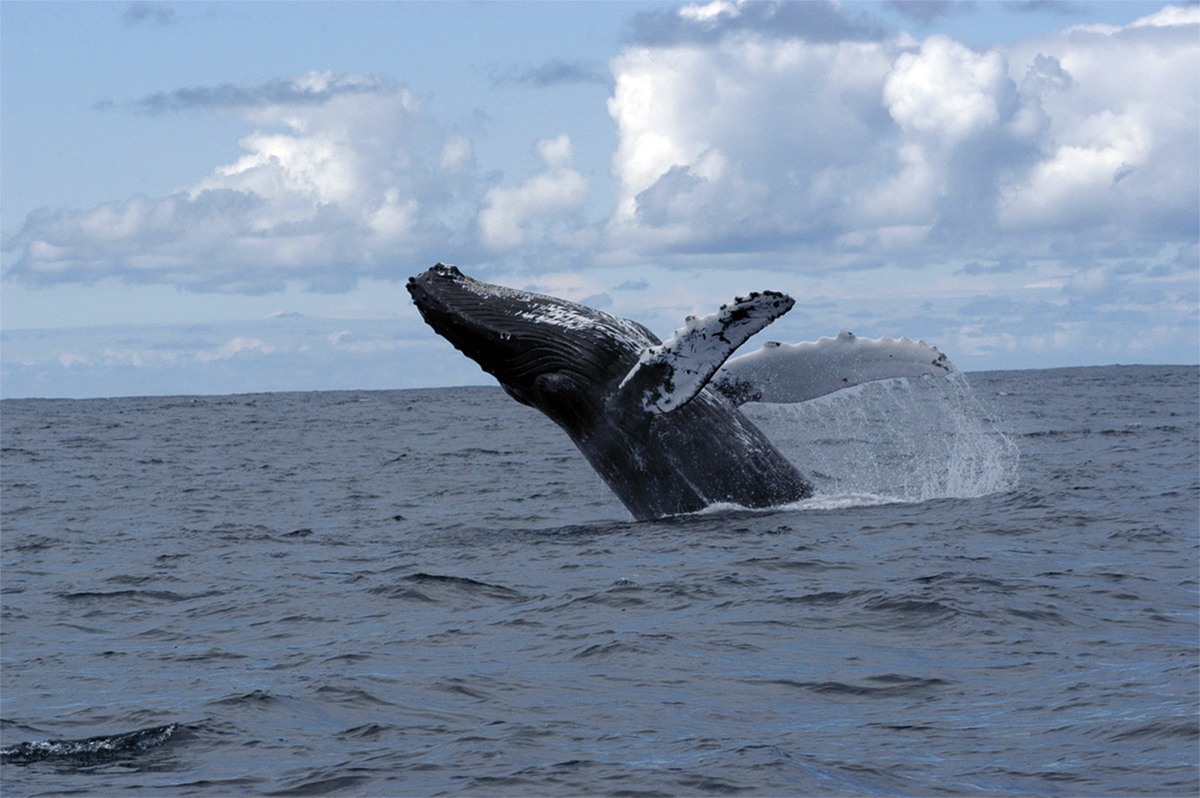While the Salish Sea and the inland waters of Puget Sound are home to a vast array of aquatic species, nothing identifies the Pacific Northwest quite like its resident orcas. But if the last few years are any indication, the beloved Southern Residents will be sharing these waters once again with whales that were on the verge of extinction 50 years ago.
The commercial whaling industry of the early-to-mid 20th century very nearly wiped out several species of whales in their entirety until uncontrolled whaling was banned in 1966 in the hopes of saving them from extinction. Half a century on, it appears that action might have been successful for some.
The return and recovery of the humpbacks has been well documented in recent years, with encounters up and down the sound resulting in spectacular first-hand evidence. On Sept. 6, the U.S. government officially removed nine of 14 populations of humpbacks from the federal endangered species list. Five populations will remain on the list due to low numbers and continuing threats, and the Mexico population, which feeds off the coasts of California, the Pacific Northwest and Alaska, has been downlisted from endangered to threatened.
“The dramatic return of humpback whales to the Salish Sea, including Puget Sound … is consistent with the strong recovery of these whales from whaling,” John Calambokidis, research biologist and well-known cetacean expert with Cascadia Research said in an email to The Beachcomber.
Adding some surprise and excitement to the mix have been the inland water sightings of fin whales, both in the last two summers.
Fin whales are one of the largest animals on earth, second in size only to the blue whale. They are baleen whales, like humpbacks, and feed on fish and krill. There have been no documented sightings of any in Puget Sound since 1930 — until September 2015, when a juvenile was seen off of Smith Island at the north end of the sound. “Finnegan,” as he was dubbed, remained in the area for several months. Then this past July, an adult fin was spotted initially off Dungeness Spit, near Port Angeles, and was subsequently spotted in several different parts of the sound, including as far south as Gig Harbor and Colvos Passage in early August.
Calambokidis said that fin whales are more commonly known to frequent offshore and deeper waters along the continental slope, and are rarely seen in the Salish Sea, but that the inland waters would not be an uncommon habitat for them.
“Feeding would be the main reason for them to come (inland),” he said.
Calambokidis went on to explain that fin whale populations have also been recovering from being hunted to near extinction, so the primary reason for seeing them in inland waters might be that the recovering population is expanding into former habitats and areas that are suitable.
Cautious optimism, however, is the name of this whale game.
“While these recent sightings (of the fins) have been of interest, I would probably not put too much significance on this until it’s clear that it is part of a real trend,” he said. “It is tempting, however, to see it in the context of the return of the humpback whales … consistent with the recovery from whaling.”
— Sarah Low



